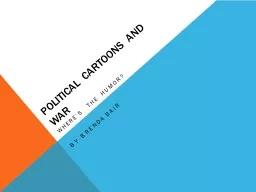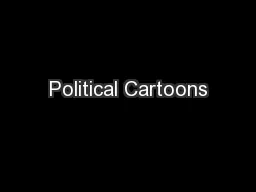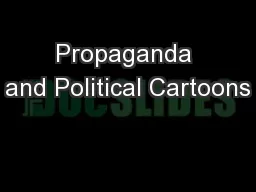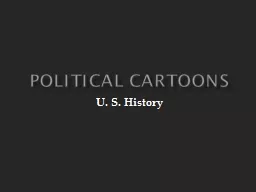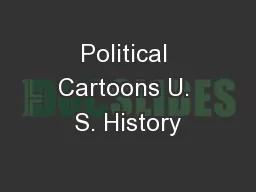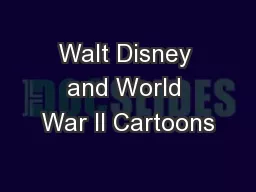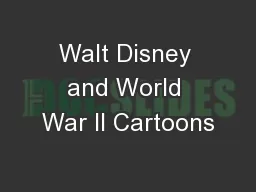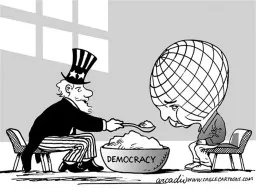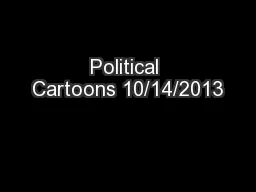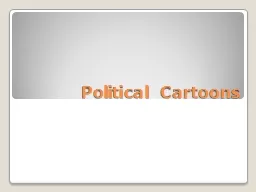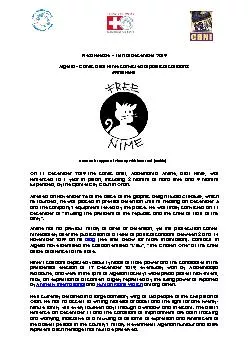PPT-Political Cartoons and War
Author : tawny-fly | Published Date : 2018-09-26
Wheres The Humor By Brenda Bair Standards GPS SS6H7 a Describe major developments following World War I the rise of Nazism b Explain the impact of WWII in terms
Presentation Embed Code
Download Presentation
Download Presentation The PPT/PDF document "Political Cartoons and War" is the property of its rightful owner. Permission is granted to download and print the materials on this website for personal, non-commercial use only, and to display it on your personal computer provided you do not modify the materials and that you retain all copyright notices contained in the materials. By downloading content from our website, you accept the terms of this agreement.
Political Cartoons and War: Transcript
Download Rules Of Document
"Political Cartoons and War"The content belongs to its owner. You may download and print it for personal use, without modification, and keep all copyright notices. By downloading, you agree to these terms.
Related Documents

